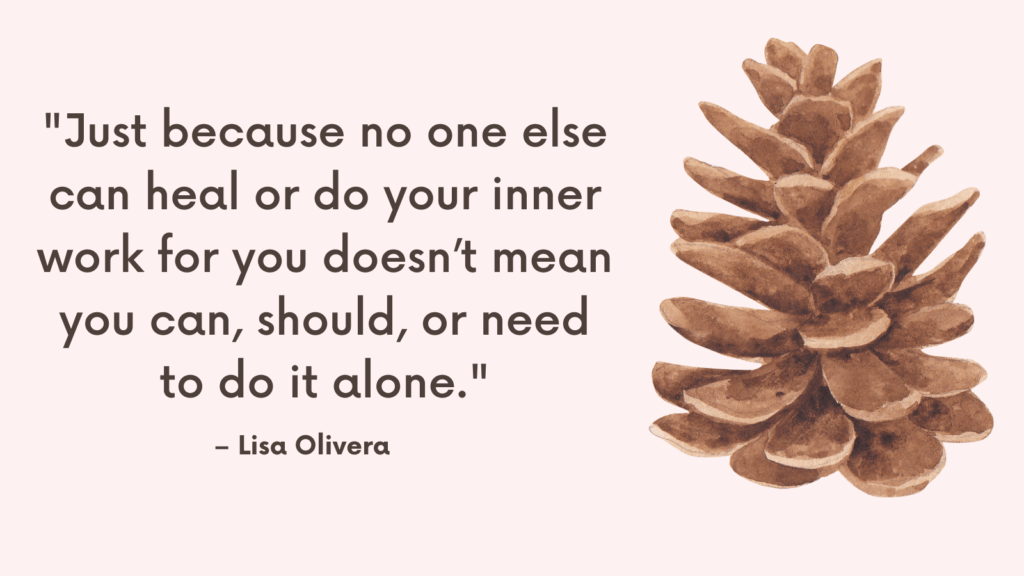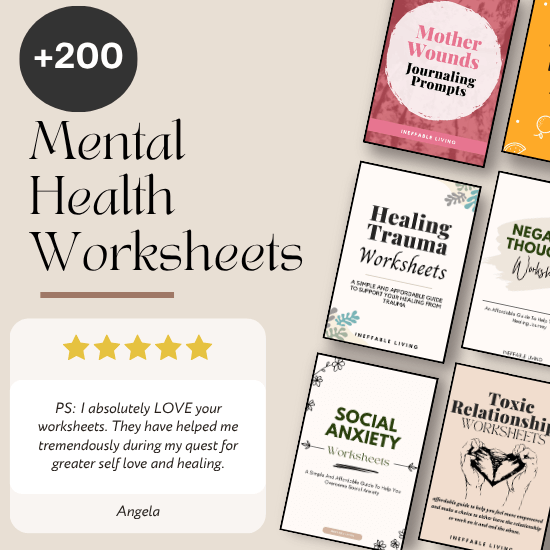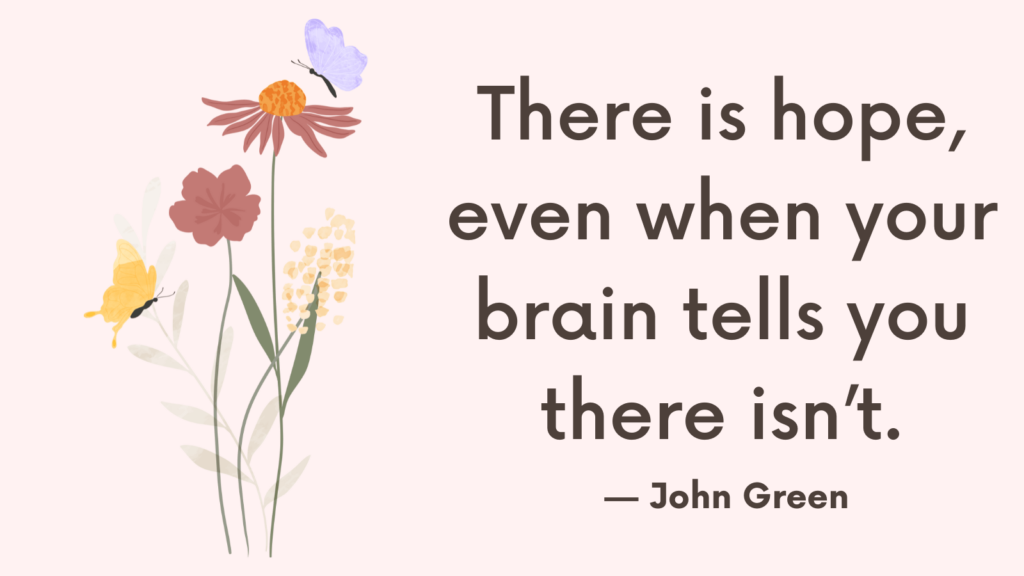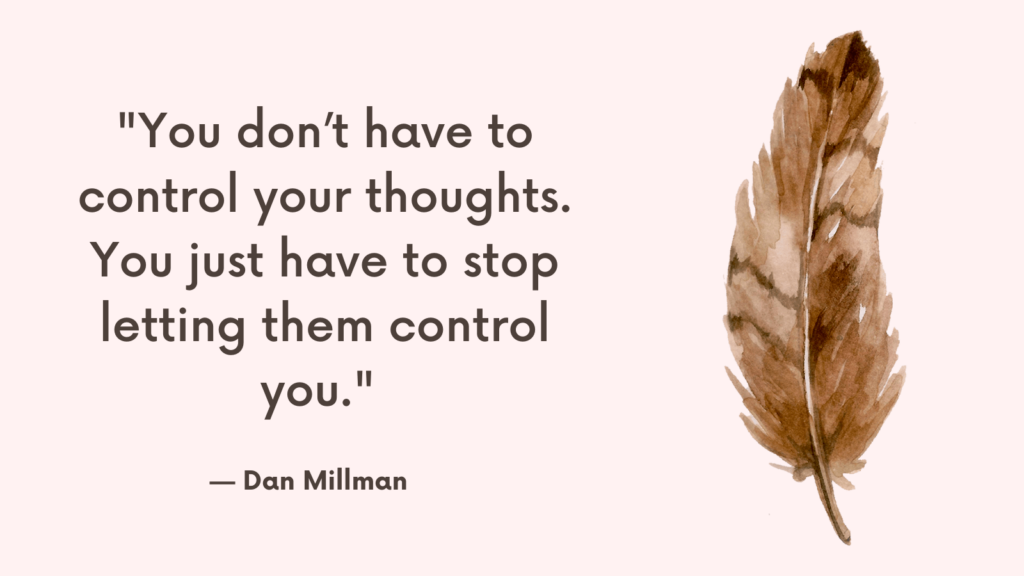Toxic positivity tells us to “just stay positive” no matter what we’re feeling. Emotional agility encourages us to feel our emotions honestly and adaptively. One suppresses. The other supports growth. Here’s how to recognize the difference and move toward emotional agility in everyday life.
Here’s a clear and simple comparison between Emotional Agility and Toxic Positivity:
Emotional Agility vs. Toxic Positivity
Emotional Agility is the ability to acknowledge, accept, and move through emotions—especially difficult ones—without getting stuck or overwhelmed.
Toxic Positivity is the insistence on maintaining a positive mindset while rejecting or invalidating difficult emotions.
1. Core Message
Emotional Agility: “All emotions are valid and have something to teach me.”
E.g., “I’m anxious about this new job, and I can be kind to myself while I navigate the change.”
Toxic Positivity: “Only good vibes allowed.”
E.g., “You should be grateful you even have a job! Stop complaining.”
Related: Top 23 Toxic Positivity Quotes (+FREE Validating Statements Worksheet)
2. Response to Painful Emotions
Emotional Agility: “I feel sad, and that’s okay. Let me explore what this sadness is telling me.”
Toxic Positivity: “Don’t be sad. Just look on the bright side!”
3. Effect on Mental Health
Emotional Agility: Builds resilience, self-awareness, and long-term emotional strength.
Toxic Positivity: Leads to suppression of emotions, shame, and disconnection from authentic experience.
4. Social Impact
Emotional Agility: Encourages open, honest conversations and emotional connection.
Toxic Positivity: Shuts down vulnerability and can isolate people in pain.
Related: The Harm of Toxic Positivity
How To Move Toward Emotional Agility In Everyday Life?
1. Allow Yourself to Feel Without Judgment
Notice what you’re feeling—anger, sadness, disappointment—and name it without minimizing or rushing past it. This builds emotional awareness, a key part of resilience.
2. Drop the Need to “Fix” Emotions Immediately
Not all emotions are problems to be solved. Sit with discomfort instead of trying to erase it with forced optimism or distraction.
3. Recognize When Positivity Becomes a Mask
Pay attention to statements like “it could be worse” or “at least…” If you’re using them to avoid feeling pain or to dismiss someone else’s experience, it’s likely toxic positivity.
4. Replace Positive Platitudes with Validation
Instead of saying “just be positive,” try “that sounds really hard” or “I’m here for you.” Validation supports healing; dismissal delays it.
Related: How To Feel Your Feelings? Top 9 Difficult Emotions To Cope With In Healthy Ways
5. Create Space for Mixed Emotions
You can feel anxious and hopeful, sad and grateful. Emotional agility lets multiple feelings coexist. Practice holding two truths without denying one.
6. Journal Without a Filter
Write down your honest thoughts without editing them to sound more upbeat. This helps you process emotions instead of bypassing them.
7. Choose Compassion Over Criticism
If you’re feeling low, respond to yourself as you would a friend. Harsh self-talk often fuels toxic positivity by demanding we “snap out of it.”
8. Watch Your Inner Language
Replace “I shouldn’t feel this way” with “I’m noticing I feel this way.” This shifts you into a more accepting and flexible mindset.
9. Limit Exposure to “Good Vibes Only” Spaces
Surround yourself with people who allow real conversations. Emotional agility grows in environments that welcome honesty and nuance.
Related: How to Identify Your Emotions?
10. Practice Emotional Check-Ins
Pause daily to ask, “What am I feeling right now?” and “What is this emotion trying to tell me?” This helps you respond rather than react.
11. Use Emotions as Data, Not Directives
Feelings aren’t facts, but they are feedback. Emotional agility means using emotions to guide wise action, not letting them control or silence you.
12. Normalize Emotional Discomfort in Others
When friends or loved ones are struggling, resist the urge to cheer them up too quickly. Say things like “You don’t have to be okay right now.”
13. Choose Values-Based Action
Toxic positivity wants comfort. Emotional agility wants growth. When emotions rise, ask “What action aligns with my values right now?”
14. Set Boundaries with Forced Optimism
If someone repeatedly invalidates your experience with positivity, it’s okay to say, “I need space to process without being told to stay positive.”
Related: 12 Ways to Express Emotions Clearly & Effectively
15. Celebrate Emotional Honesty
Progress isn’t always cheerful. Growth often looks like telling the truth, feeling messy, and still choosing to show up.
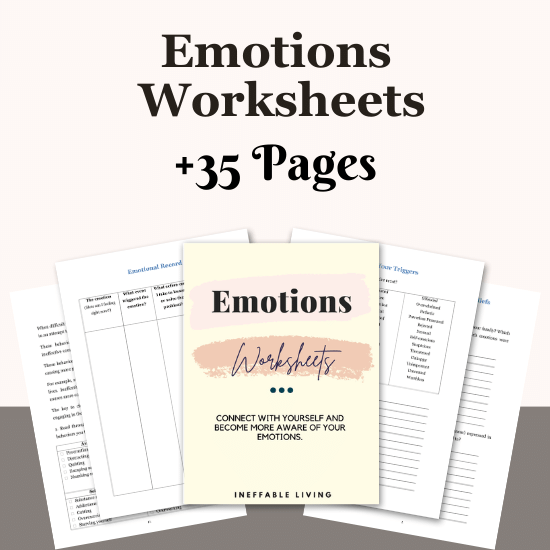
Conclusion
Real well-being isn’t about feeling good all the time. It’s about staying connected to your truth, even when it’s hard. That’s the power of emotional agility.
